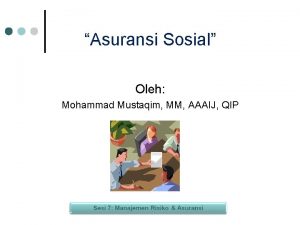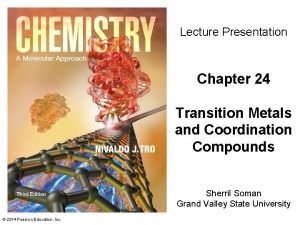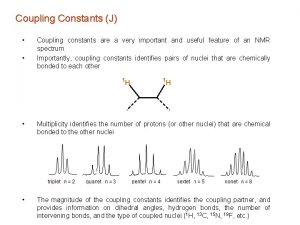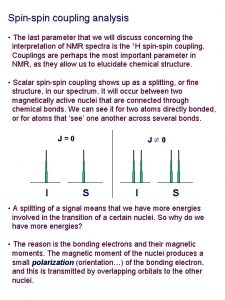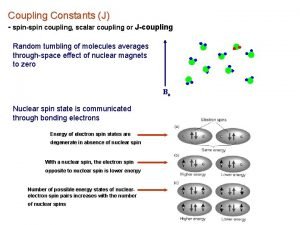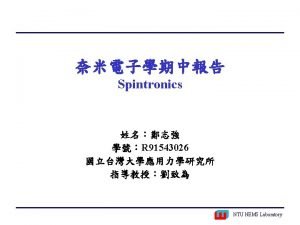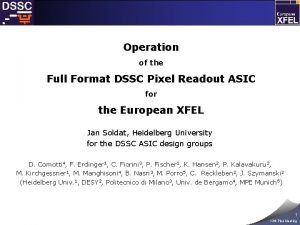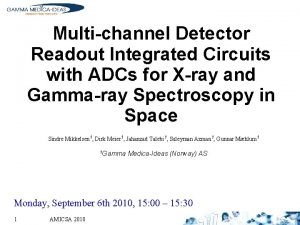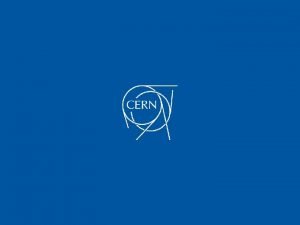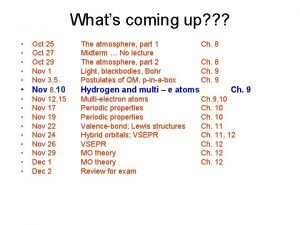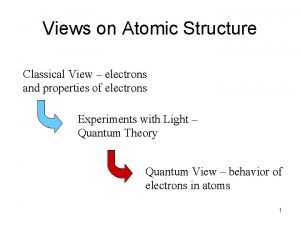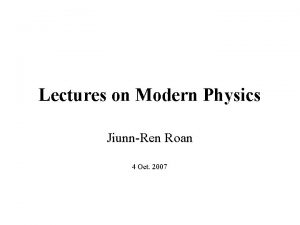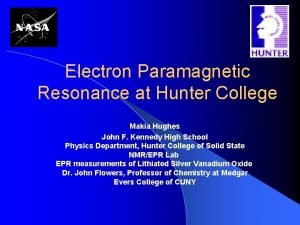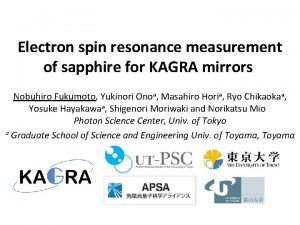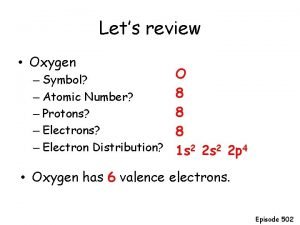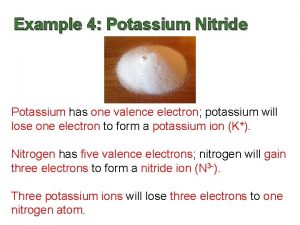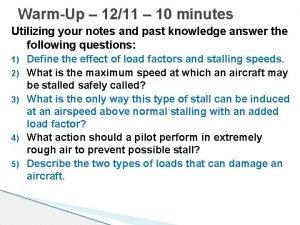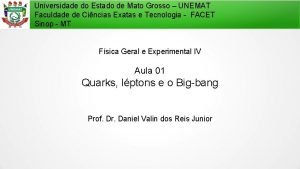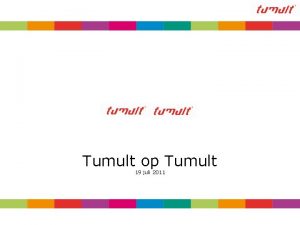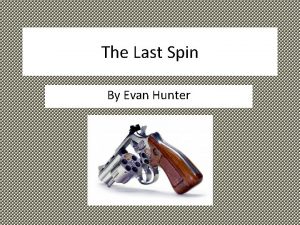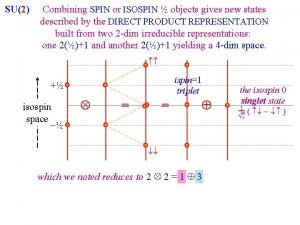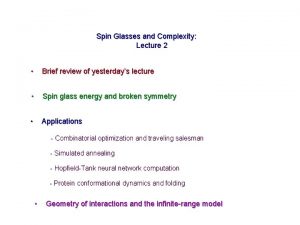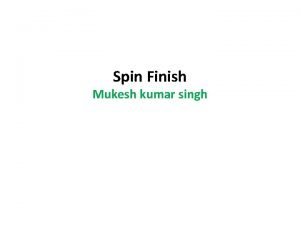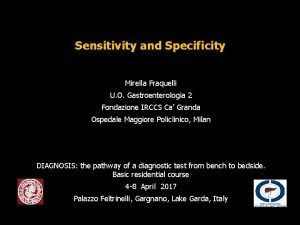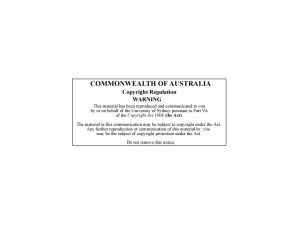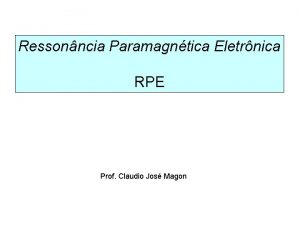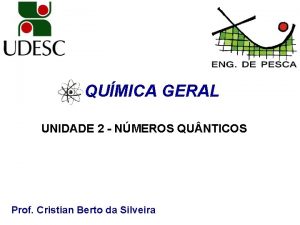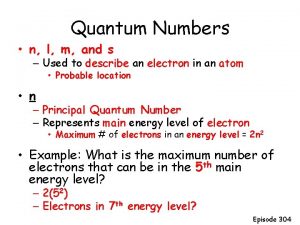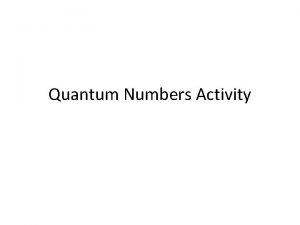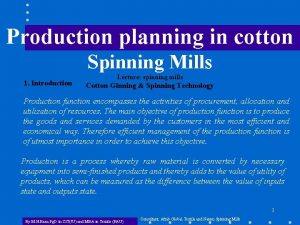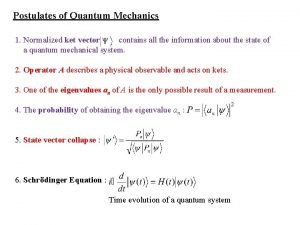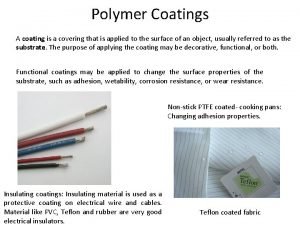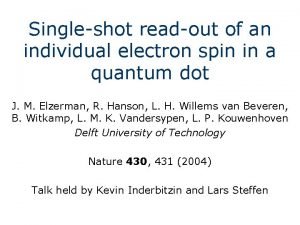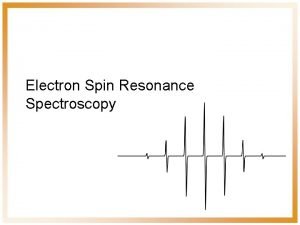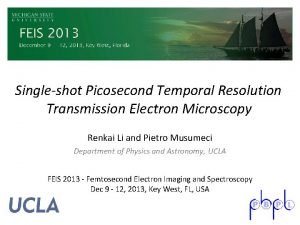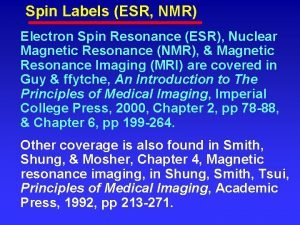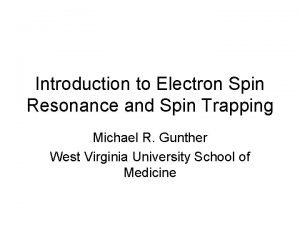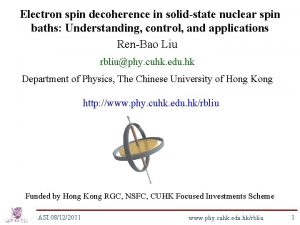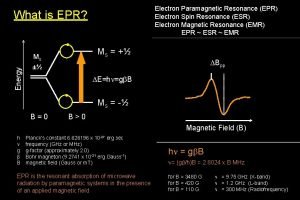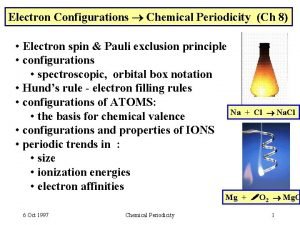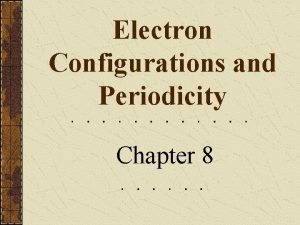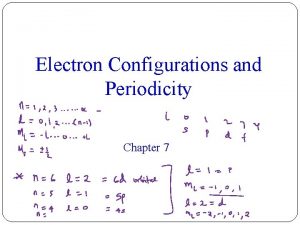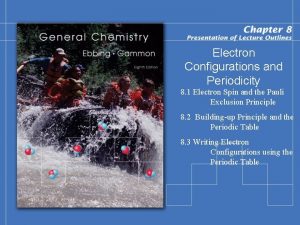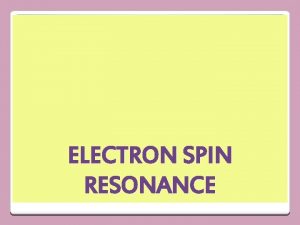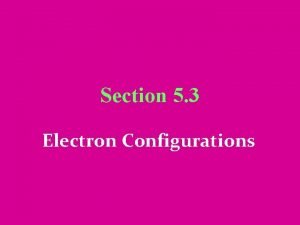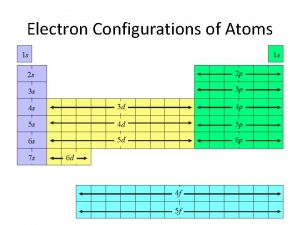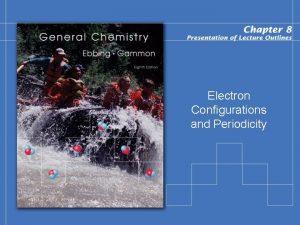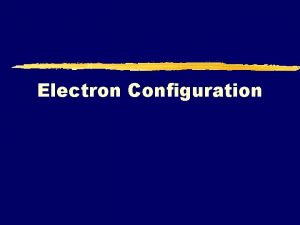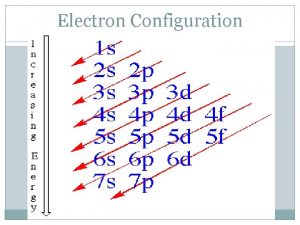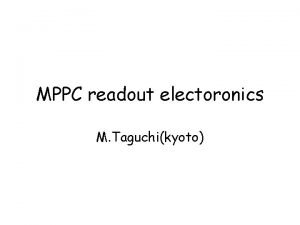Singleshot readout of one electron spin QIP Workshop





































![Histograms tunnel time G ~ (230 ms)-1 I QPC [a. u. ] G ~ Histograms tunnel time G ~ (230 ms)-1 I QPC [a. u. ] G ~](https://slidetodoc.com/presentation_image/21a9becd305760a340cab3a7196c9ae1/image-38.jpg)


![Spin down fraction Characterization: a = Pr [“down” if ] p (1 - b Spin down fraction Characterization: a = Pr [“down” if ] p (1 - b](https://slidetodoc.com/presentation_image/21a9becd305760a340cab3a7196c9ae1/image-41.jpg)
![Characterization: b = Pr [“up” if ] b 1 = Pr [ flips before Characterization: b = Pr [“up” if ] b 1 = Pr [ flips before](https://slidetodoc.com/presentation_image/21a9becd305760a340cab3a7196c9ae1/image-42.jpg)







- Slides: 49

Single-shot read-out of one electron spin QIP Workshop Newton Institute, Cambridge 27 -30 Sep. 2004 Lieven Vandersypen Jeroen Elzerman Ronald Hanson Laurens Willems van Beveren Frank Koppens Ivo Vink Wouter Naber Leo Kouwenhoven 1

A seven-spin NMR quantum computer 2 F F 1 6 12 C 13 C 7 13 C F 4 Fe C 5 H 5 F CO 12 C F 3 Vandersypen et al. , Nature 414, 883 (2001) Vandersypen & Chuang, RMP, Oct 2004. 15 = 3 x 5 5 CO 2

Quantum computing with electron spins Loss & Di. Vincenzo, PRA 1998 Vandersypen et al. , Proc. MQC 02 (quant-ph/0207059) Initialization 1 electron, low T, high B 0 H 0 ~ S wi szi Read-out convert spin to charge SL SR then measure charge ESR pulsed microwave magnetic field HRF ~ S Ai(t) cos(wi t) sxi SWAP exchange interaction HJ ~ S Jij (t) si · sj Coherence measure coherence time in 2 DEG: T 2 > 100 ns (Kikkawa&Awschalom, 1998) 3

Electrical single-shot spin measurement Convert spin to charge, then measure charge Loss & Di. Vincenzo, PRA 1998 4

Outline (1) one-electron quantum dots… (3) …fast charge detection… (2) …two-level system… EZ = gm. BB (4) …. single spin measurement! 5

Outline: we need… (1) one-electron double dots… (3) …fast charge detection… (2) …two-level system… EZ = gm. BB (4) …. single spin measurement! 6

A quantum dot as a one-electron box • Electrically measured (contact to 2 DEG) • Electrically controlled (gated tunnel barriers, dot potential) 7

A quantum point contact (QPC) as a charge detector Field et al, PRL 1993 8

Few-electron double dot Transport through QPC J. M. Elzerman et al. , PRB 67, R 161308 (2003) d. IQPC/d. VL 0 Tesla -1. 1 VL (V) 00 VL (V) 01 -1. 02 12 11 22 -0. 9 00 10 21 -0. 96 0 V PR (V) -0. 6 -0. 15 V PR (V) • Double dot can be emptied • QPC can detect all charge transitions -0. 30 9

Outline: we need… (1) one-electron double dots… (3) …fast charge detection… (2) …two-level system… EZ = gm. BB (4) …. single spin measurement! 10

Energy level spectroscopy at B = 0 VSD (m. V) 10 d. IDOT/d. VSD SOURCE T Q G 0 N=1 -10 B -653 200 nm N=0 No transport = 0 T VT (m. V) DRAIN M P R Ground state Ground and excited state -695 • E ~ 1. 1 me. V • EC ~ 2. 5 me. V 11

Single electron Zeeman splitting in B// Hanson et al, PRL 91, 196802 (2003) Also: Potok et al, PRL 91, 016802 (2003) VSD (m. V) 2 ES 0 -2 B=0 N=0 GS B> 0 gm. BB 0 T 2 |g|=0. 44 EZ (me. V) VSD (m. V) 0. 2 0 N=1 N=0 0. 1 6 T -2 -657 VT (m. V) 10 T -675 -995 VR (m. V) -1010 0 0 5 10 B// (T) 1512

Excited-state spectroscopy on a nearly-closed quantum dot IQPC RESERVOIR 200 nm DRAIN t t -VP Q MP R 0 SOURCE • Apply pulse train to gate P • Measure amplitude of pulseresponse with lock-in amplifier time IQPC T Elzerman et al, APL 84, 4617, 2004 Also: Johnson, cond-mat/04 time EF G G Electron tunneling small pulse response 13

Zeeman splitting for N = 1 B = 10 T -1. 135 VM (V) N=1 -1. 150 1 Geff EZ VP (m. V) lock-in signal (arb. units) 10 f = 385 Hz -1. 13 VM (V) N=0 -1. 15 G 14

VSD (m. V) Bipolar spin filter 0 0 N=1 N=0 T- T 0 T+ T 0 S S VSD (m. V) Gate voltage N=2 N=1 Gate voltage Expt: Hanson et al, cond-mat/0311414, Theory: Recher et al, PRL 85, 1962, 2000 15

Outline: we need… (1) one-electron double dots… (3) …fast charge detection… (2) …two-level system… EZ = gm. BB (4) …. single spin measurement! 16

RESERVOIR Fast charge detection T DRAIN IQPC 200 nm • IA = 0. 4 p. A/Hz 1/2 @ 40 k. Hz (~ f ) Q G M P R • VA = 0. 8 n. V/Hz 1/2 (white) • CL = 1. 5 n. F • Operating BW: 40 k. Hz SOURCE • Shot-noise limit: 40 MHz 17

Observation of individual tunnel events RESERVOIR Vandersypen et al, APL, to appear (see cond-mat/0407121) T DRAIN IQPC Q G 200 nm M P R SOURCE • VSD = 1 m. V • IQPC ~ 30 n. A • ∆IQPC ~ 0. 3 n. A • Shortest steps ~ 8 µs 18

Pulse-induced tunneling response to electron tunneling IQPC (n. A) 0. 8 response to pulse 0. 4 0. 0 -0. 4 0 0. 5 1. 0 Time (ms) 1. 5 19

Outline: we need… (1) one-electron double dots… (3) …fast charge detection… (2) …two-level system… EZ = gm. BB (4) …. single spin measurement! 20

Spin read-out principle: convert spin to charge SPIN UP 0 -e time N=1 charge SPIN DOWN 0 -e N=1 N=0 N=1 ~G-1 time 21

IQPC Vpulse Spin read-out procedure empty QD inject & wait read-out spin empty QD 22 Inspiration: Fujisawa et al. , Nature 419, 279, 2002

Spin read-out results empty QD IQPC (n. A) IQPC Vpulse Elzerman et al. , Nature 430, 431, 2004 inject & wait 2 read-out spin “SPIN UP” empty QD “SPIN DOWN” 1 0 0 0. 5 1. 0 Time (ms) 1. 5 23

Spin down fraction Verification spin read-out Waiting time (ms) 24

Measurement of T 1 B=8 T T 1 ~ 0. 85 ms B = 10 T T 1 ~ 0. 55 ms • • Surprisingly long T 1 goes up at low B B = 14 T T 1 ~ 0. 12 ms Elzerman et al. , Nature 430, 431, 2004 25

Single-shot read-out fidelity 1. 0 spin: 0. 8 0. 6 0. 4 a 65% 1 -b 0. 2 0. 0 outcome: 0. 93 a=0 28. 0 b= . 07 “up” “down” 0. 72 0. 6 0. 8 1. 0 Threshold (n. A) • a Pr[ escapes] • b Pr[miss step] + Pr[ relaxes] visibility = 1 -a-b 0. 65 Future improvements: • a: lower Tel • b: faster charge detection 26

Outlook Initialization 1 electron, low T, high B 0 H 0 ~ S wi szi Read-out convert spin to charge SL SR then measure charge ESR pulsed microwave magnetic field HRF ~ S Ai(t) cos(wi t) sxi SWAP exchange interaction HJ ~ S Jij (t) si · sj Coherence measure coherence time T 1 is long; T 2 = ? ? 27

Single Electron Spin Resonance z B 0 f. Larmor fres y W W S B 1 250 μm x 250 nm S’ B 1 B 0 B 1 = 1 m. T f. Rabi~ 5 MHz IAC 28

Detection of Continuous Wave ESR Engel & Loss, PRL 86, 4648 (`01) ESR induced current peak GL m. S GR m. D ISD GL, GR =10 MHz T 2 =100 ns 300 f. A For 1. 1 m. T (~ -10 d. Bm) Peak is only 300 f. A 29

Electron transport under CW microwaves 0. 8 hf from -60 d. Bm to -40 d. Bm I (p. A) hf 0. 0 -1. 029 Photon Assisted Tunneling Pumping gate voltage (V) -1. 023 Electric field dominates signal! 30

Pulsed ESR scheme Apply microwaves Read out spin state electric field component no longer hinders ESR detection 31

ESR in a Si-FET channel M. Xiao et al. Nature 430, 435 (‘ 04) 32

Summary http: //qt. tn. tudelft. nl/research/spinqubits Spin qubit ideas Vandersypen et al, Proc. MQC 02, quant-ph/0207059 Engel et al. PRL (to appear) 00 Tunable few-electron double dot Elzerman et al. , PRB 67, R 161308, 2003 DC or LOCK-IN Zeeman splitting Hanson et al, PRL 91, 196802, 2003 Bipolar spin filter Hanson et al, cond-mat/0311414 Excited states using QPC Elzerman et al, APL 84, 4617, 2004 SINGLE-SHOT Fast charge detection Vandersypen et al, APL to appear, cond-mat/0407121 Single-shot spin read-out T 1 ~ 0. 85 ms (8 T) Elzerman et al, Nature 430, 431, 2004 33

34

Tunable double dot design T Ciorga ’ 99 IDOT Open design Field ’ 93 Sprinzak ’ 01 QPC-L QPC-R IQPC L QPC for charge detection PL M PR R Ga. As/Al. Ga. As heterostructure 2 DEG 90 nm deep ns = 2. 9 x 1011 cm-2 35

Few-electron double dot Transport through dots J. M. Elzerman et al. , PRB 67, R 161308 (2003) Peak height 01 VL (V) -1. 02 00 1 p. A 12 11 22 10 2 p. A 21 -0. 96 -0. 15 V PR (V) -0. 30 70 p. A 36

IQPC (n. A) Tunnel process is stochastic out in out Time (ms) 37
![Histograms tunnel time G 230 ms1 I QPC a u G Histograms tunnel time G ~ (230 ms)-1 I QPC [a. u. ] G ~](https://slidetodoc.com/presentation_image/21a9becd305760a340cab3a7196c9ae1/image-38.jpg)
Histograms tunnel time G ~ (230 ms)-1 I QPC [a. u. ] G ~ (60 ms)-1 Increase tunnel barrier 38

More spin-down traces IQPC (n. A) twait tread 2 1 thold 0 0 0. 5 1. 0 1. 5 Time (ms) 39

Read-out characterization spin: outcome: 1 -a a b 1 -b “up” “down” 40
![Spin down fraction Characterization a Pr down if p 1 b Spin down fraction Characterization: a = Pr [“down” if ] p (1 - b](https://slidetodoc.com/presentation_image/21a9becd305760a340cab3a7196c9ae1/image-41.jpg)
Spin down fraction Characterization: a = Pr [“down” if ] p (1 - b - a) exp(- t / T 1) + a 1. 0 0. 8 a Waiting time (ms) 0. 6 IQPC (n. A) 0. 4 2 0. 2 1 0. 0 0. 6 0 0. 8 Threshold (n. A) 0 0. 5 1. 0 1. 5 Time (ms) 41
![Characterization b Pr up if b 1 Pr flips before Characterization: b = Pr [“up” if ] b 1 = Pr [ flips before](https://slidetodoc.com/presentation_image/21a9becd305760a340cab3a7196c9ae1/image-42.jpg)
Characterization: b = Pr [“up” if ] b 1 = Pr [ flips before tunneling ] 1/T 1 1 = 1/T 1 + G T 1 IQPC (n. A) b 2 = Pr [ miss step ] 1 -b (1 -b 1)(1 -b 2) + ab 1 1. 0 0. 6 0. 4 1 1 -b 2 0. 8 a 1 -b 0. 2 0. 0 0 0. 6 Time (ms) 0. 8 1. 0 Threshold (n. A) 42

Finding the spin read-out regime 43

Alternative spin read-out schemes (2) EF gl = gd need gl gd N=2 gl exchange enhanced Etriplet > Esinglet (2 DEG, Englert et al, von Klitzing et al) (Tarucha et al, Loss et al) Vandersypen et al, Proc. MQC 02, see quant-ph/0207059 44

Alternative spin read-out schemes | = (| - | ) + (| + | ) = |S + | T 0 Engel et al, PRL, to appear (cond-mat/0309023) See also: Ono et al, Science, 200245

-1000 Weakly coupled dots 30 20 31 10 21 42 B// = 6 Tesla 00 11 01 32 22 12 02 33 23 13 03 34 24 14 04 -867 Right gate (m. V) 40 d. IQPC/d. VPR -900 -1108 Left gate (m. V) QPC gate (m. V) -1100 -800 46

-1167 Strongly coupled dots d. IQPC/d. VPR Right gate (m. V) B// = 6 Tesla -933 00 -967 -1000 Left gate (m. V) QPC gate (m. V) -1167 -700 47

100 -0. 96 45 90 180 300 -1. 12 0 t VM (V) (ms) 370 -1. 13 • Electron response (dip) disappears for high frequencies (small t) • Dip half-developed when Gt p 0 0 1 2 VR (V) t = 15 ms dip height (%) lock-in signal (arb. units) Electron response reveals tunnel rate 3 4 5 6 7 8 5 -0. 76 f = 4. 17 k. Hz 7 6 -1. 07 VM (V) 4 2 3 -1. 40 • Top: barrier to drain closed • Right: barrier to reservoir closed • Middle: both closed 48

Singlet-triplet and Zeeman for N = 2 1 10 EST N=2 N=1 f = 385 Hz -1. 160 VP (m. V) 10 1 -1. 175 VM (V) G N=2 N=1 f = 1. 538 k. Hz -1. 160 VM (V) -1. 175 Geff S S 49
 Pengertian qip
Pengertian qip Low spin and high spin complex
Low spin and high spin complex Geminal coupling
Geminal coupling Spin spin coupling
Spin spin coupling J coupling constant
J coupling constant 優點
優點 What is the principle of spectrophotometry
What is the principle of spectrophotometry Full pixel readout
Full pixel readout Readout integrated circuit
Readout integrated circuit Readout units
Readout units Electron spin
Electron spin Electron spin
Electron spin Electron spin
Electron spin Electromagnetic periodic table
Electromagnetic periodic table Electron spin
Electron spin Electron spin
Electron spin Electron spin
Electron spin Electron spin resonance takes in
Electron spin resonance takes in Precession animation
Precession animation One empire one god one emperor
One empire one god one emperor One one one little dog run
One one one little dog run One king one law one faith
One king one law one faith One god one empire one emperor
One god one empire one emperor One ford
One ford See one do one teach one
See one do one teach one See one, do one, teach one
See one, do one, teach one Night structure
Night structure Studiendekanat uni bonn
Studiendekanat uni bonn Asean tourism strategic plan
Asean tourism strategic plan Graphic organizer with the aims of la liga filipina
Graphic organizer with the aims of la liga filipina Dot font symbol
Dot font symbol What is the formula for potassium nitride
What is the formula for potassium nitride Forward cg aft cg
Forward cg aft cg Spin inteiro
Spin inteiro Spin vragen voorbeelden
Spin vragen voorbeelden The last spin by evan hunter
The last spin by evan hunter New spin
New spin Define spin selling
Define spin selling Spin glasses and complexity
Spin glasses and complexity Spin finish oil formulation
Spin finish oil formulation Sensitivity vs specificity
Sensitivity vs specificity Spin coat
Spin coat Spin selection rule
Spin selection rule Modificação
Modificação Quimica geral
Quimica geral Quantum numbers n l m
Quantum numbers n l m Quantum numbers activity
Quantum numbers activity Spin plan
Spin plan Ket vector
Ket vector Spin coating thickness equation
Spin coating thickness equation
